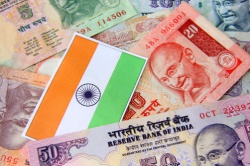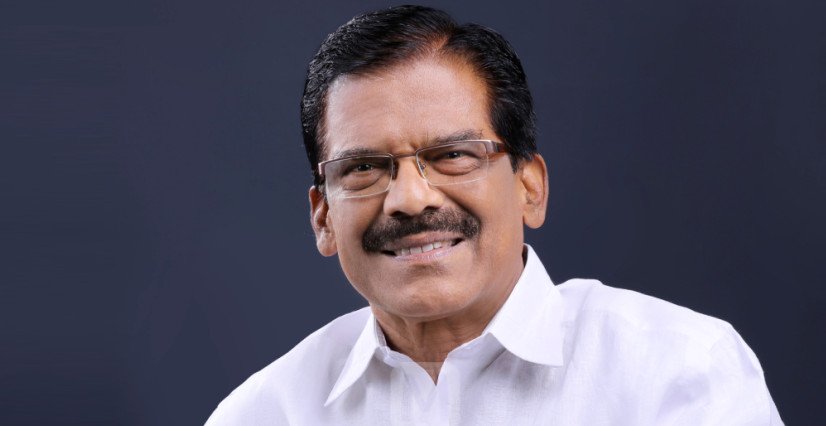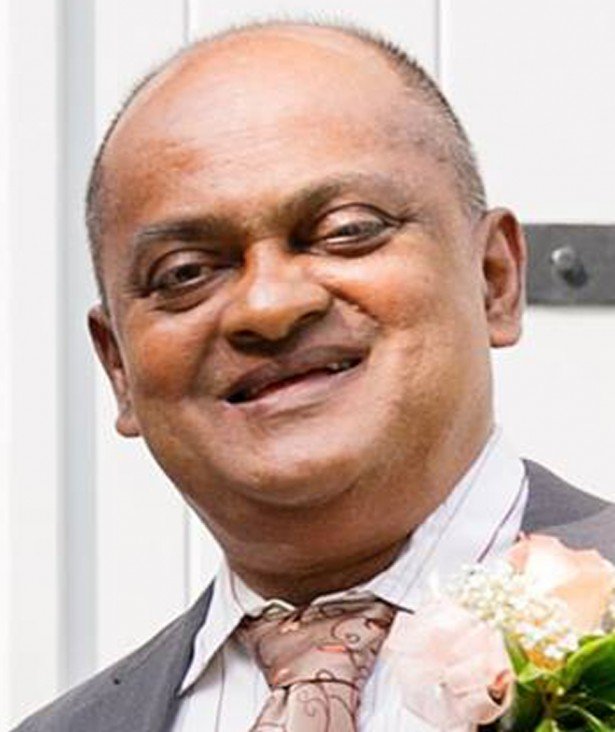Author: Zacharias Periyappuram
India’s economy has stalled! The current Indian financial crisis is comparable to the 1991 crisis when Indian forex reserves plummeted to an all-time low. The gravity of the current crisis can be assessed from the fact that the government even considered converting the idle gold in temples into bullions. The government planned to suspend the sale of fuel during night as a measure to reduce fuel consumption. India's economic growth has slowed to its weakest pace in a decade due to problems such as wide fiscal and current account deficits and high inflation. The financial gurus failed to predict the decline of Indian rupee in the wake of American and European economic recovery. The outgoing governor of the Reserve Bank of India blamed the government for the domestic currency's struggles which he attributed to domestic structural factors. He also said the loose fiscal policy adopted by the government during 2009-2012 had constrained the RBI's monetary policy. The wings of RBI are clipped by the masters in New Delhi. It has only one and half weapons in its disposal to defend the economy - interest rates (a powerful economic tool) and foreign-exchange intervention (a puny one). It is interesting to note that the dynamics of Indian coalition politics and the populist welfare policies of the government are the sole reason for the ‘domestic structural factors’ referred by the outgoing RBI governor. If the rupee still drops India has 3 options, none very pleasant. One is to let the currency fall further. This would improve the exports but the Indian manufacturing sector is too small and is constrained by the red tape. Next is to arrest the drop by allowing inflation to rise. This would adversely affect the Indian industry which is already in a bad shape. The last option is to lower the government borrowing. However the populist political mood does not make big spending cuts easy. India’s economy can be fixed in the long term through liberalizing the financial markets, reforming its education sector and resuscitating its infrastructure. But India’s short term challenges and the political uncertainty due to the elections scheduled next year will create hurdles to pursue these long-term goals.








Comments